The market for tracking sleep quality is changing rapidly. There was a time when tracking your sleep was incredibly unreliable and challenging for the average person. I can remember having difficulty getting a good night’s sleep and feeling hopeless.
The feeling of waking up after 8 hours of sleep and feeling like I never went to bed was something I’ll never forget. I knew I wasn’t getting enough deep sleep or REM sleep.
I had a feeling I was only in the light sleep phase nearly the entire night but couldn’t be sure.
Visiting the “Sleep Specialist”
Back in those days, the answer was to see a “sleep specialist.” This entailed an overnight stay at a sleep laboratory where “sleep doctors” would glue sensors to your body to monitor your movements.
Long story short, my sleep tracking results for the one-night stay at the sleep lab came back negative. The doctor’s conclusion was, “your sleep looks totally normal, and there are no recommendations I have to make for you.”
This was after waiting weeks for the sleep study results to be sent to my primary care doctor, where I needed to make a separate appointment just to get the inconclusive results.
The entire time I waited for my results, I felt completely run-down and exhausted, knowing something was seriously deficient with my sleep quality.
I knew I wasn’t getting enough sleep. But didn’t have the proof. Monitoring sleep with a sleep health tracker such as the Oura Ring could change all this.
The Oura Ring Tracker
Fast-forward to modern-day times, and we have so much to be thankful for in the area of sleep monitoring.
Tracking sleep with the Oura Ring could be one of the best tools on the market for the average consumer looking to optimize their health and well-being.
Recent years have seen the realization that quality sleep regularly is the cornerstone of personal health.
Tracking sleep with the Oura Ring has the potential to be a life-changing product right at your fingertips.
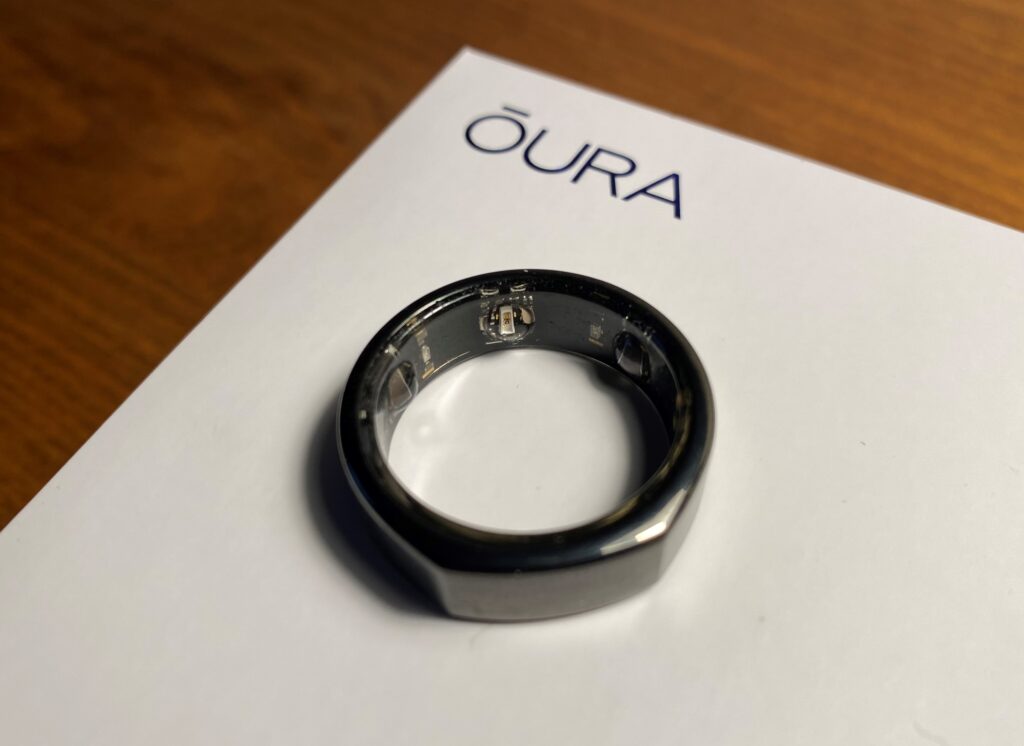
There’s so much to learn about sleep; it’s unbelievable. But necessary for everyone to take control and educate themselves on how quality sleep is supposed to function.
I think almost every sleep expert out there would admit the fact that we’ve only scratched the surface when it comes to sleep research and health tracking. But the last few years have seen huge breakthroughs in how we think about sleep.
Products such as the Oura Ring, Apple Watch, Whoop Strap, FitBit, Motiv Ring, Google Fit, Galaxy watch, and BodTrack allow us to peer inside the fascinating subject on an individual and personal level.
Something that’s never been available until now. The incredible technology packed inside these sleep monitors, smartwatches, and fitness trackers will revolutionize the way people manage their overall health and wellness.
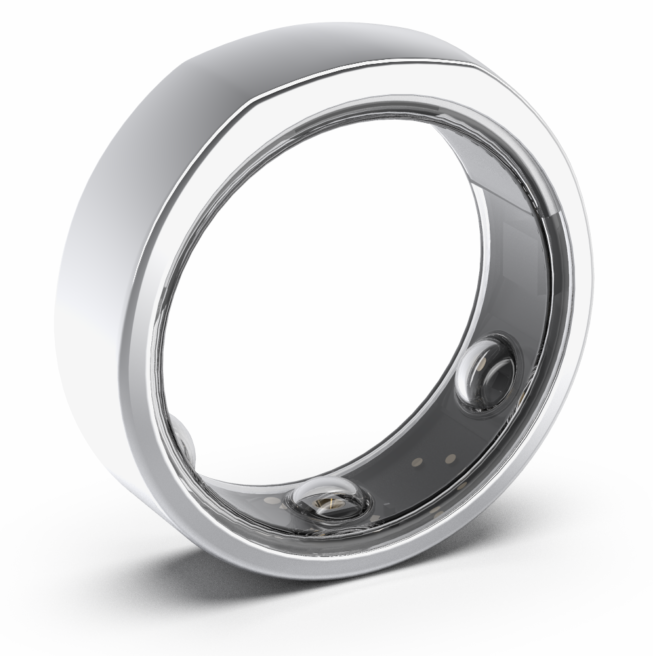
The Oura Ring is a remarkable tool for sleep optimization. Weighing only 4 to 6 grams depending on the size of the ring, it’s a similar shape and feel to a typical wedding ring.
Inside this tiny sleep tracker lies incredible technology, which would have been an impossibility to construct around a finger only a few years ago.
Made from titanium, it’s durable and water-resistant. The inside of the ring encompasses a pulse measuring device, a 3D accelerometer, a body temperature sensor, and a gyroscope.
When you wear the ring night and day, 24/7, the data collected is focused on key metrics of your health.
Resting Heart Rate
Heart Rate Variability (HRV)
Body Temperature
Oura groups these readings into three categories – Readiness, Sleep, and Activity.
The ring also includes a real-time heart rate monitor, with the ability to manually track daytime heart rate, and workout heart rate.
It also tracks Blood Oxygen Sensing, or spo2. Using infrared LED sensors, Oura can detect abnormally low blood oxygen levels indicating disturbances in breathing patterns while sleeping.
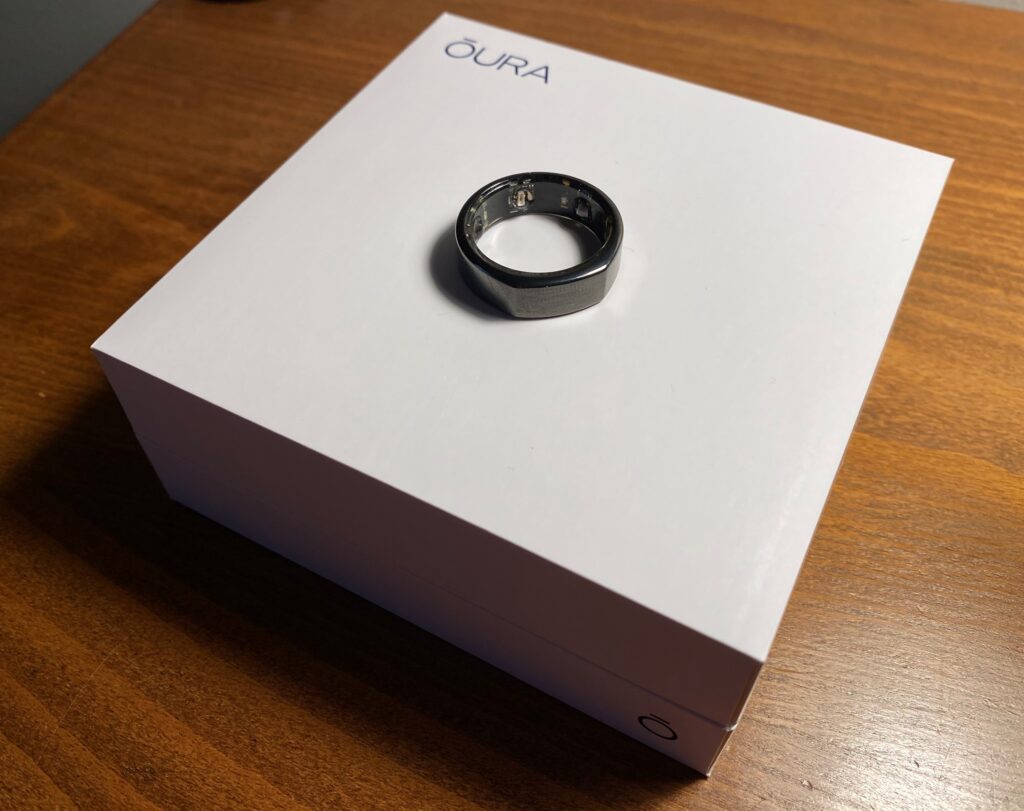
A Few Common Questions and Concerns
I know the first question that might come to mind is how often you need to charge this ring. Well, I can personally attest to the Oura Ring having an outstanding battery life.
I wear my Oura for at least 5 days straight before the app reminds me to charge. Once I place the ring on the charger, it really only takes a couple of hours for a fully charged ring to return to your finger.
Another simple and common question might be, how do I select the correctly sized ring when I order online? Oura Ring has an option for those people who don’t know their current ring size. You can select the option during the online checkout to have
Oura mails a ring sizing kit. Once you pay for your ring, Oura will wait to send a ring until your correct size is entered after the sizing kit arrives at your address.
Does Oura Ring have Bluetooth?
Bluetooth will activate periodically and sync your ring to the app on your phone when there’s a firmware update. Unless airplane mode is activated, Oura can connect via Bluetooth.
Oura releases new features periodically, which are downloaded over Bluetooth in just a couple of minutes.
3D Accelerometer
An accelerometer is a device measuring the acceleration of a person and their movements. By sensing the amount of acceleration the ring is moving, the sensors can tell how fast and in what direction the device is moving.
Accelerometers are used in various objects such as navigation systems for aircraft and missiles, drones for flight stabilization, and digital cameras, so images on screens always appear upright.
The 3D accelerometer found in the Oura ring functions as a daily activity tracker and also detects your restlessness at night.
This data can help to identify your stages of sleep. Knowing when you enter these sleep stages and how much time you spend in each stage is the foundation and beginning of sleep study.
During the day, Oura Ring can capture the workouts and activities you experience with all the other sensors. It’s a smart ring with the ability to track workouts.
Pretty impressive, but I will admit there’s still plenty of room for improvement in the continuous fitness tracker functionality.
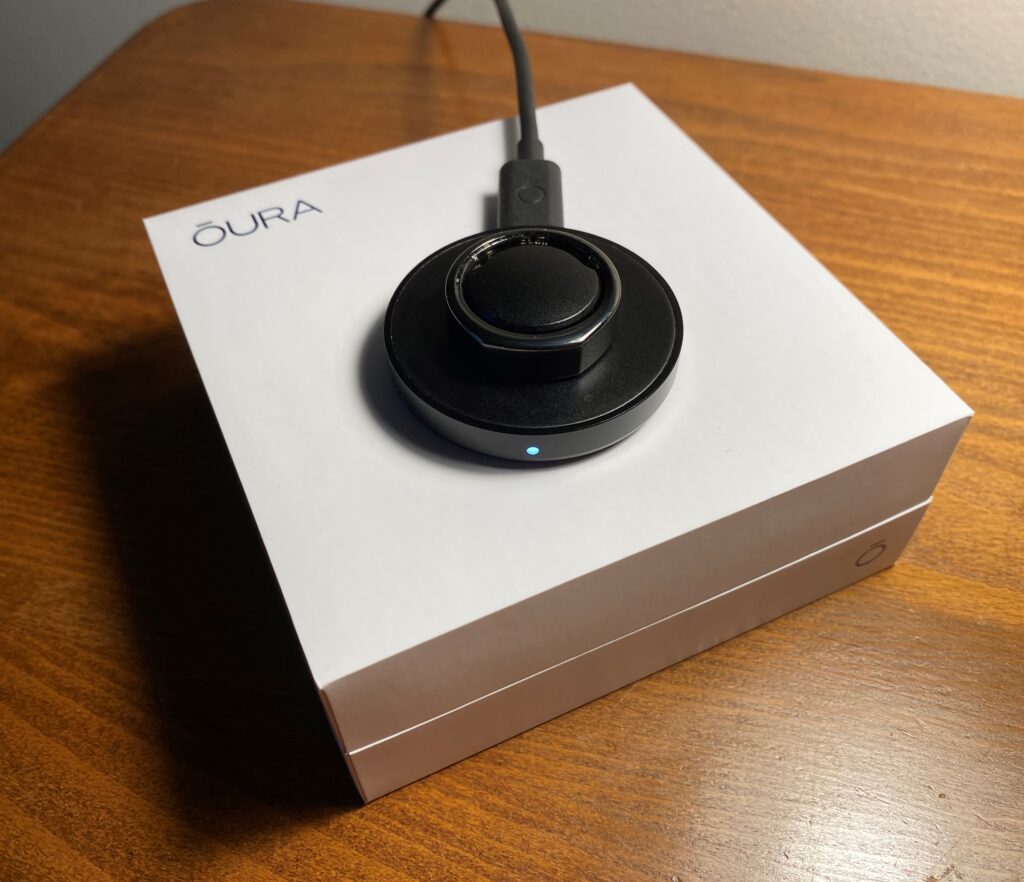
Body Temperature Sensor
The Oura Ring monitors your skin with temperature sensors and collects a wealth of information. Your body temperature can indicate illness, hormone activity, and how well your body is recovering.
When you are too hot, your body attempts to eliminate the excess heat by widening your blood vessels to carry the heat to your skin’s surface. Sweat evaporates from your skin and blood loses heat, your body cools down.
When your body is too cold, your body will narrow your skin blood vessels, so the blood keeps more heat in your body. Skin temperature changes reflect the challenges your body faces daily.
One feature the Oura ring includes is the ability to show body temperature in relation to your baseline rather than comparing it to your absolute temp.
The reading from Oura will show how much higher or lower your temp is compared to your baseline. This health data can be useful information for indicating an oncoming illness or extreme fatigue.
Infrared Photoplethysmography Sensors
The Photoplethysmography (PPG) sensors in the Oura ring are similar to sensors found in hospitals or a medical device to monitor heart rate. PPG sensors use light sent through LEDs to capture your heart’s activity.
Oura says their PPG sensors capture samples 250 times per second, making them 99.9% more reliable than medical-grade equipment.
With this highly accurate monitoring system, Oura’s sensors read signals from your heart, such as resting heart rate, heart rate variability, and respiration.
An exciting measure that’s gained popularity recently is heart rate variability. I’ve heard this term from various channels recently as a significant health signal.
The difference in your heart rate variability as it responds to different situations can give powerful indicators relating to stress levels, recovery, and overall well-being.
This is yet another one of the most anticipated updates for Version 2.0 of the Oura Ring. A big update for tracking heart rate data would get many people excited about Oura’s potential.
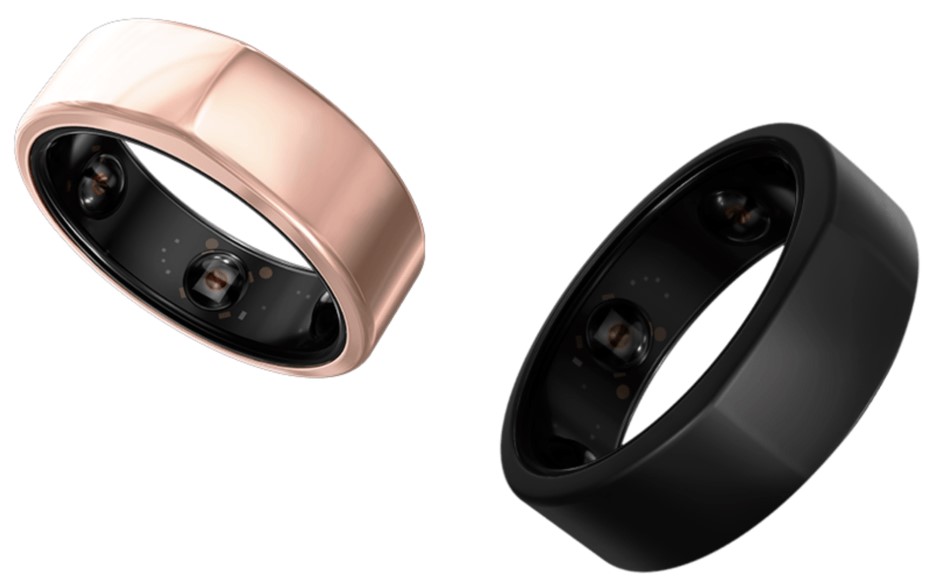
The Oura Ring App
Monitoring your body with the Oura ring focuses on three primary areas of reporting. Readiness, Sleep, and Activity. Readiness is described as an overall measure of your recovery, signaling a capacity to perform at your best.
The Oura app is available on iPhone and Samsung, totally compatible with iOS and Android. It assigns a readiness score based on your mental, emotional, and physical readings and indicators.
The readiness score includes seven indicators, which is previous night’s sleep quality, sleep balance, previous day’s activity, activity balance, body temperature, resting heart rate, and recovery index.
Also included on the readiness tab is your respiratory rate. This happens to be a great indicator of trends in your overall health and stress levels.
Sleep score is determined by monitoring your stages of sleep during a night’s rest, and even during naps.
Your body cycles through the sleep stage multiple times each night, and the Oura ring can capture these phases and the duration of each based on the sensors in the ring.
As I discussed initially, the ability to monitor these sleep stages was once a cumbersome and expensive endeavor. The ability to collect accurate sleep cycle readings every night through your ring finger is an incredible health breakthrough.
A third area the Oura App reports is Activity levels. This reading can be tailored to your personal activities such as diet, workouts, and maintaining an overall active lifestyle.
Staying active and setting goals are included in this area where you can see calories burned, steps, and walking distance achieved over a given time frame. Oura also can link up with apple health apps to better sync information from your workouts and activity score.
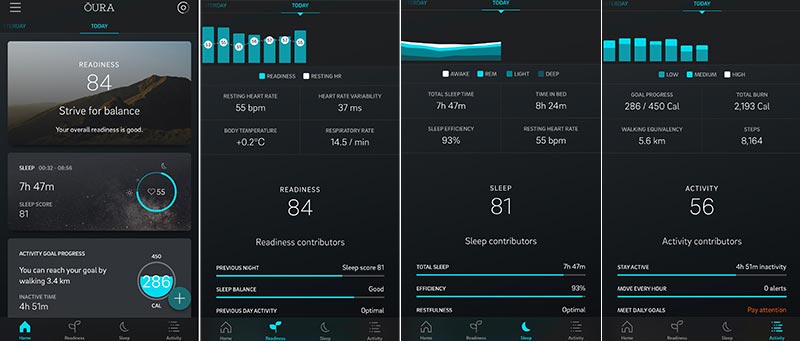
The Importance of Deep Sleep
I can’t overstate how important the Deep Sleep stage is to overall health. There’s still mystery surrounding the sleep phases, but deep sleep is one of the key indicators of quality sleep, good health, and recovery time.
Sleep experts have been studying this phase of sleep and determined it to be the most restorative and rejuvenating stage during any given night. This is where muscle growth and repair happen.
One of the many challenges about the Deep Sleep stage varies significantly between individuals from night to night. Anywhere between 0% and 35% of total sleep time can be in the deep sleep phase.
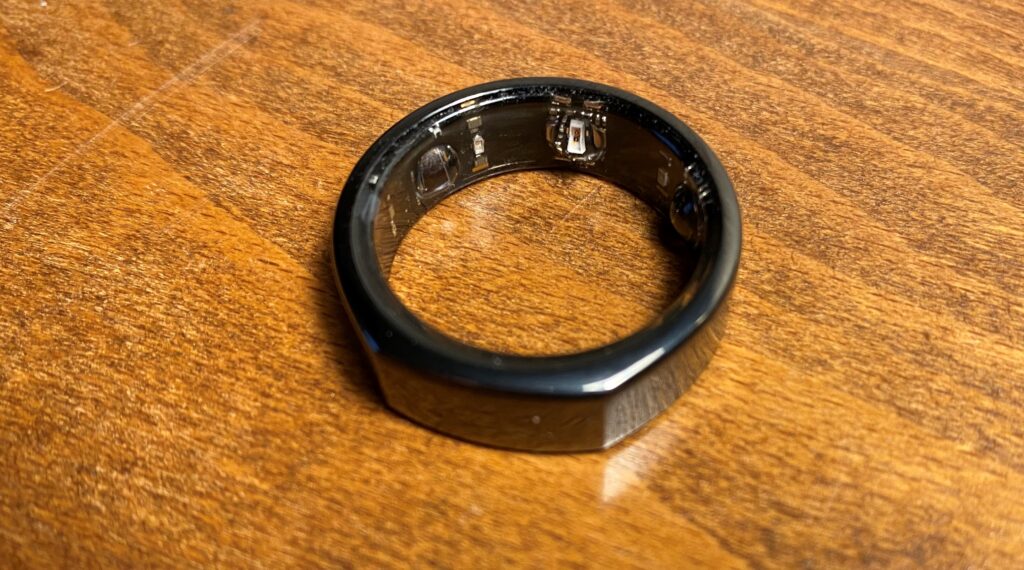
Using the Oura Ring to monitor the time you spend in the deep sleep stage is only the beginning of the mission for improved sleep quality. I’ve been using the Oura Ring for about 6 months, and I’m still struggling with the deep sleep data points on any given day.
For example, I will have a good overall sleep score some nights but have low deep sleep time. During other nights I might have higher deep sleep time while other markers are subpar.
How to Increase Deep Sleep
With so much to learn about sleep science, experts struggle to identify how to increase deep sleep clearly. Sleep is such a personal endeavor; it’s tough to pinpoint the exact advice for everyone.
One thing experts seem to agree on to increase deep sleep is to go to bed and wake up at the same time every day.
Being consistent with your circadian rhythm will allow your body to anticipate the onset of sleep patterns, enabling deep sleep.
The Future of Sleep Optimization
The hunt for increased sleep quality has never been hotter. Dozens of companies pour hundreds of millions, maybe billions of dollars into research and development, trying to find the best way to optimize better sleep.
Using biometric data from the state of the art sensors, the Oura Ring offers insights and notifications that could be invaluable. The realization and general acceptance that sleep is one of the foundations of overall health has fueled this quest.
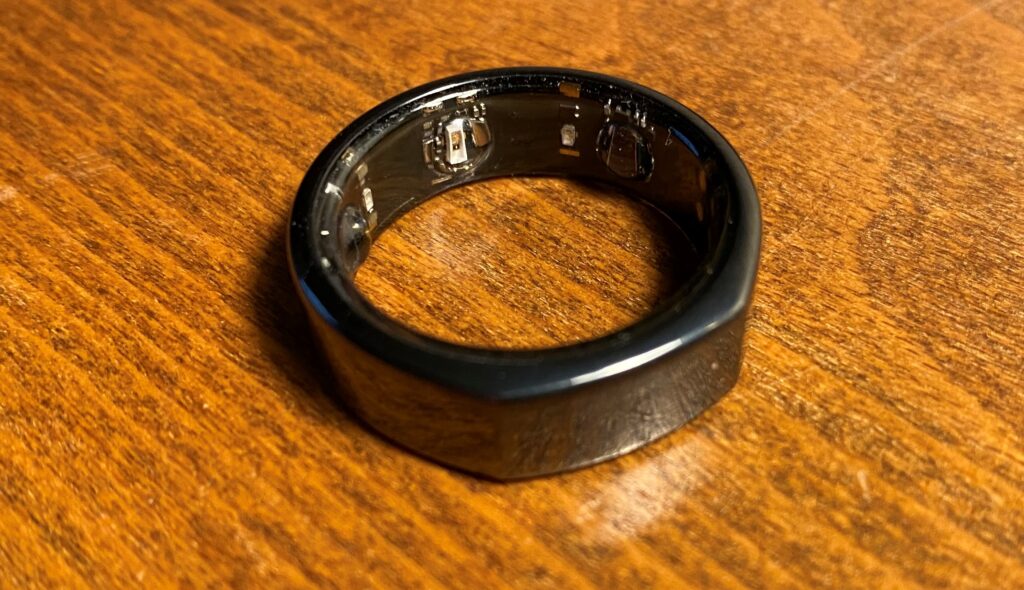
New apps, wearables, smart beds, and sleep labs are rapidly offering an increased look at an individual’s sleep patterns.
Tracking sleep with the Oura ring, along with other great technology, shows that it’s an exciting time to pay attention to this area of study. If you’re like many people who realize the importance of restful sleep, there’s reason to be optimistic about the future.
Better sensors, more powerful features, and much more accurate data are hopefully in store for us when the third-generation, and fourth-generation versions of the Oura Ring are released.
5 Steps to Understanding Heart Rate Variability
Now, there’s a fairly new measure of heart health, which also indicates the state of your autonomic nervous system. HRV, or Heart Rate Variability, is a simple yet potent indicator of the different states your body responds to each second.
Here are 5 fascinating facts about heart rate variability and why HRV is starting to become one of the go-to measures for overall health.
1. HRV Measures The Variation In Time Between Each Heartbeat
Your heart doesn’t just beat at a steady rate. Let’s say your heart beats once per second for a heart rate of 60. Heart rate variability measures the variation in time between each heartbeat, giving critical information on your body’s overall state according to the autonomic nervous system.
The time between each heartbeat is measured in milliseconds called the R-R interval. The variation of the beats in milliseconds is a key factor in determining the overall state of your body at any given time.
By measuring the difference, or variation, in each beat we can gain critical insights to overall health.
2. HRV Is A Look Inside Two Competing Branches Of The Body
So HRV tells us that each heartbeat is not perfectly synced but spaced apart at different intervals. Why would this be important information to study? It turns out that your nervous system is where all these signals originate.
Therefore, by studying HRV, we can gain insights into some of the deepest parts of our being.
The autonomic nervous system has two branches, parasympathetic and sympathetic. These two branches are thought of as opposing forces constantly at work in the body.
The parasympathetic is also known as the “rest and digest” branch, which causes a decrease in heart rate and helps the body recover, digest, and grow.
The sympathetic branch is also known as “fight or flight.” It generally increases the heart rate, responding to such things as stress, exercise, or fatigue.
The parasympathetic and sympathetic branches are constantly sending signals to your heart. This competition of signals tells the heart to either beat faster or slower, and important clues are revealed in the form of HRV.
3. High HRV Can Be A Sign Of Overall Fitness
We can see important health markers with the clues gathered from measuring the heart rate and the difference between each beat. Measuring HRV can be a sign of overall fitness or fitness levels increasing or decreasing.
A high HRV signals your body is responsive to each autonomic nervous system branch, creating balance. When HRV is high, your body responds to both the autonomic nervous system and parasympathetic system, ready to adapt to the surrounding environment.
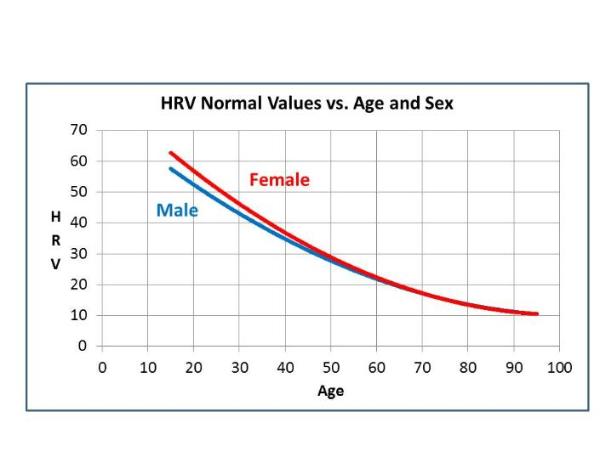
4. Low HRV Can Be A Sign Of A Worn Out Body
Low HRV can show that the body is being dominated by only one branch of the nervous system, usually the sympathetic (fight or flight) system.
Sometimes you want your fight or flight system to dominate, such as when you’re lifting heavy weights. But when you’re not active and HRV is still low, it’s a sign that your body could be stuck in overdrive.
Why would your body be stuck in overdrive, with the fight or flight sympathetic system activated, when you’re not active? Usually, it’s because of dehydration, stress, sickness, or fatigue.
This is exactly how the body is designed to work; however, extended periods of low HRV signal your body working extra hard, without time to relax, repair, or regrow. (parasympathetic)
5. HRV Measurements Are Relative To Each Individual
Once you begin learning about HRV and what incredible insights you can gain from high or low levels, there’s usually one simple question. What should my HRV be? It’s not quite that simple.
Everyone wants to ask, what is a good HRV measurement? Or What is a normal HRV? The problem with this question is that HRV measurements are highly individualized and very sensitive to each person. To give general recommendations on HRV levels would be irresponsible and unhelpful.
The first problem is HRV tends to gradually fall as we get older, so the older you are, the higher your HRV tends to get. HRV also fluctuates greatly throughout the day as you encounter stressful situations, workout, eat, and sleep.
Begin To Build A Baseline For Heart Rate Variability
The best way to dive into the fascinating world of HRV monitoring is to begin accumulating a baseline for your own body. Many inexpensive health monitors now track HRV, and once you begin to gather more and more data, you can then start to make adjustments.
For example, the Oura Ring monitors HRV while you sleep. One of the reasons they prefer this method is because sleeping gives you a solid “baseline” for such a volatile measurement.
Your body is not influenced by the stresses at work, a big lunch meal to digest, or loud kids screaming nearby.
Over long periods of time, you can see trends in HRV levels, giving excellent feedback from the health, fitness, and diet decisions we make all day long. Adjust and monitor, see what works and what doesn’t work for you, make adjustments, and repeat.
Additional Resources –
The Sleep of the Ring – PubMed, NIH
The Promise of Sleep – MDPI
Calm + Oura Sleep Study – ClinicalTrials.gov
